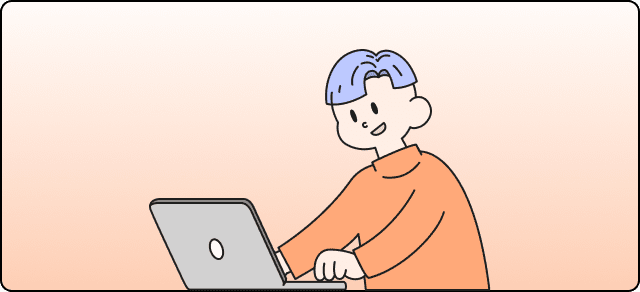“See” vs. “Look At”: What’s the Difference?
 Engram
Engram
The difference between “see” and “look at”
- See is a basic function of the eyes, while look at requires a deliberate action to direct the eyes towards something.
- Looking at something implies a more active engagement with the object being observed, whereas seeing can be more passive.
- Seeing something does not necessarily require attention or focus, while looking at something often implies intention or interest in the thing being viewed.
Communicate naturally with Engram AI proofreader
What is the definition of “see” and “look at”?
See
- See means to perceive or have visual sensation of something with your eyes.
- It can also refer to understanding or comprehending something through observation.
- See can be an intransitive verb, meaning it does not require an object, but can also be a transitive verb if the thing being perceived is specified.
Look at
- Look at means to direct your eyes towards something in order to see or observe it.
- It is a phrasal verb that requires an object, meaning you must specify what you are looking at.
- Look at can also imply a purposeful act of observing, as opposed to just having something in your field of vision.
Which is the more popular variant on the Internet?
“See” is the more popular variant on the web.
More popular
See
21,180,000,000 results on the web
Examples
- I see a bird flying in the sky.
- Can you see the mountains from here?
- She can't see without her glasses.
Look at
2,050,000,000 results on the web
Examples
- Look at the beautiful sunset over the ocean.
- I am looking at the painting on the wall.
- Please look at me when I'm talking to you.
Want to express yourself confidently?
Engram AI proofreader helps you
communicate naturally
communicate naturally








